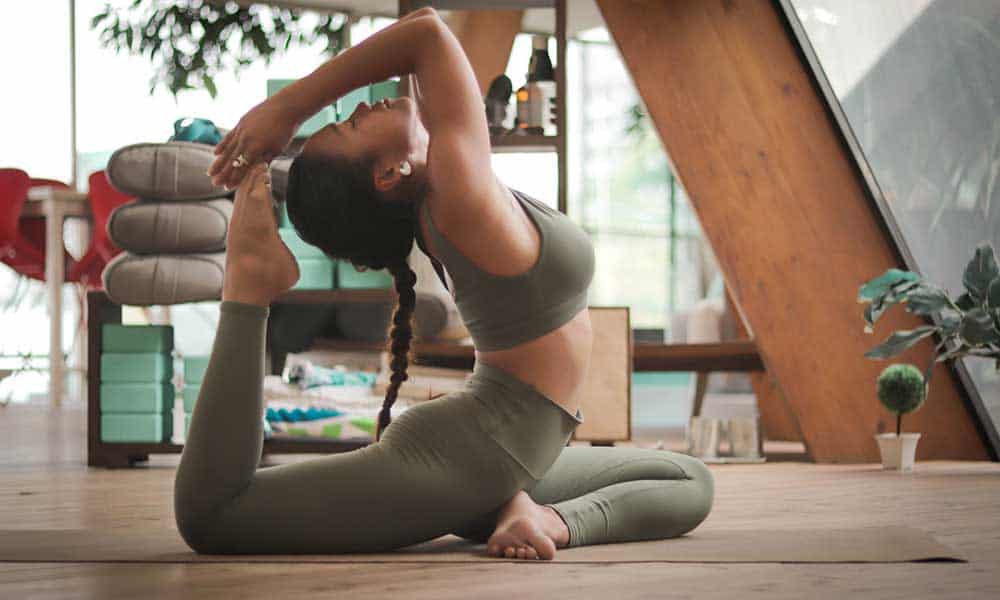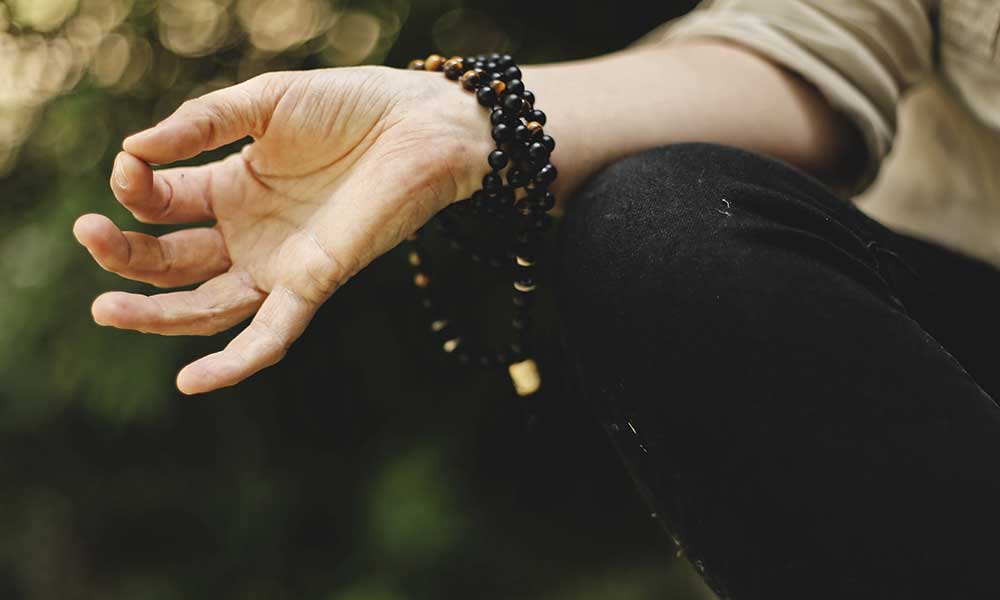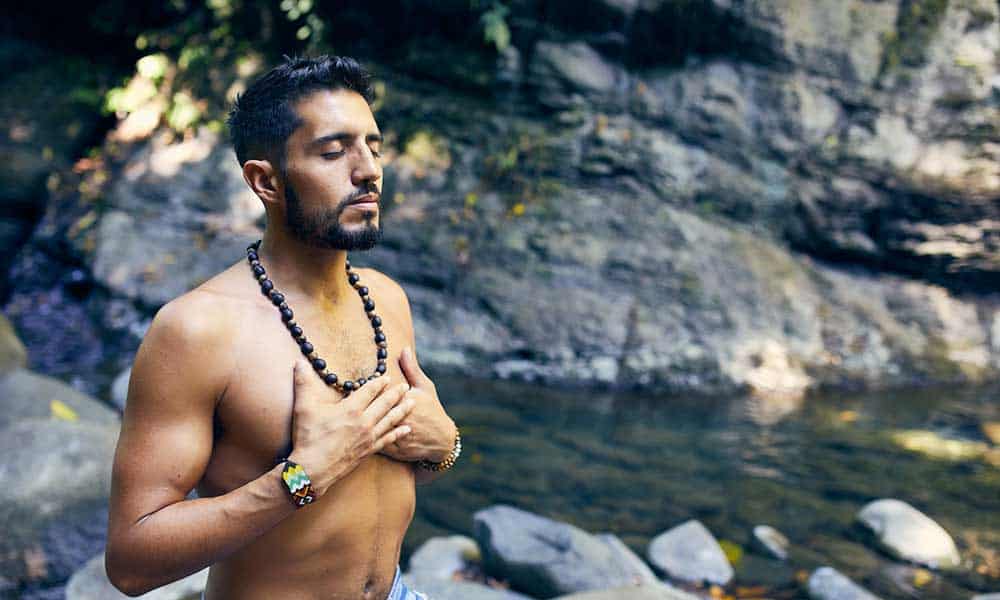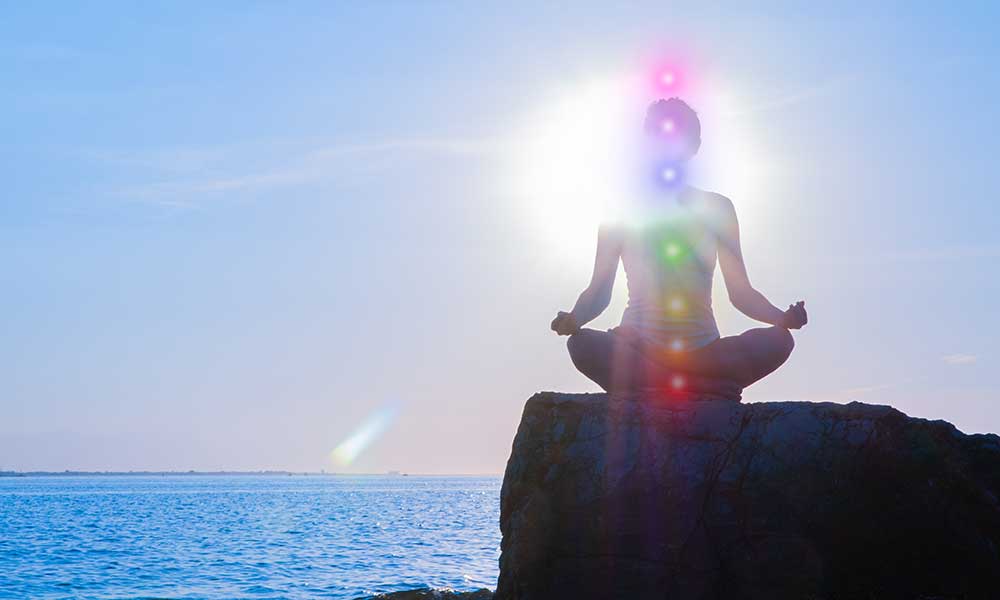Hatha yoga, power yoga, Bikram yoga – just how many styles of yoga are there? Actually, that’s the wrong question. There are countless styles of yoga; however, most styles incorporate a set of basic yoga poses.
Why Should You Practice Yoga?
There are the obvious physical benefits. Yoga contributes to your flexibility and increases muscle tone. Moreover, the attention you pay to movement leads to awareness of a healthy posture throughout the day. Yoga also helps you with balancing and unclogging your chakras and meditation.
What are the Three Main Types of Yoga in the United States?
When you boil it down, three distinct types of yoga emerge.
- Hatha yoga. This umbrella term brings together a number of styles. At its root, Hatha yoga combines breathing exercises with the basic yoga postures. If you’ve never tried yoga before, this is a great place to start.
- Vinyasa yoga. This is another general term. It envelops yoga classes that instructors term as yoga flow. You still do the basic postures, but you transition from one to the next in a continuous motion without pauses in between. For the intermediate practitioner of yoga, this could be an interesting challenge.
- Ashtanga yoga. This is not for the beginner. It’s fast, it’s challenging, and it’s sequential. You go through a prescribed number of poses without break. Rather than a gentle flow, it is an ongoing movement. For the advanced yoga practitioner who loves a good challenge, this is a good option.
Understanding and Appreciating the Connected Yoga Styles You Most Frequently Encounter in the United States
Why is it that you see so many types of yoga classes advertised? The answer is simple: specialization. Individual yoga instructors devised unique styles. These different types of yoga may focus specifically on the physical and mental energy renewal, proper alignment of chakras, breathing techniques, or spiritual practice.
For example, there is power yoga. It’s an offshoot of Vinyasa yoga. However, rather than following a specific series of postures, the instructor guides the group as they see fit. Anusara yoga bases its postures on Hatha yoga.
Another famous style is Bikram yoga. It focuses on 26 postures that are unique to this style. You might see it advertised as hot yoga because the studio is heated to above 100° F. For the practitioner who wants to hold yoga poses for longer periods, sometimes as long as five minutes, there is Yin yoga.
Next, there are the various styles that individual yogis invent or refine. They might include chants, meditation, breathing exercises, specific adaptations of the three main styles, and the use of assists. Examples include chairs, stones, and resistance bands. Kundalini yoga might include stones to focus on opening specific chakras.
What are the Four Main Types of Yoga for Spiritual Enlightenment?
These types of yoga have different goals. They don’t focus on the physical aspects such as going through the postures, and instead highlight the metaphysical aspects of the practice. Examples are Karma (serving), Bhakti (worship), Jnana (study), and Raja wholeness) yoga. You might add them to the basic styles.
For example, Karma yoga is the exercise of actively practicing compassion. Instead of going through a number of poses, which you can do with one of the main types, you add this on as a spiritual exercise. Therefore, intentionally serving the disadvantaged every day or every week becomes part of your yoga practice.
Which Yoga Type or Style is Right for You?
The yoga that is right for you must align with your goals. Similarly, it takes into consideration your experience level. If your primary focus is weight loss, you will likely look at Vinyasa yoga. If you desire spiritual enlightenment, there is Yin yoga combined with the four types of metaphysical exercises.
For the newcomer to the practice who wants to dip a toe into the water of yoga practice and begin a new discipline in life, there’s Hatha yoga. Look for a beginner’s class. Find one where the participants mirror your body type. An instructor will focus attention on the makeup of the class majority. Therefore, if you are as thin as a rail and the other participants aren’t, you may not find the customization of poses you need.
What Do You Need for Yoga?
- Loose-fitting clothes. You should be comfortable. The clothes shouldn’t be so tight that they constrict breathing. They shouldn’t be so loose that they slip over your head when you are in a downward dog position. Don’t buy yoga clothes for looks, but choose them for comfort.
- Yoga mat. Invest in a good-quality yoga mat. Many practitioners shy away from using the loaners at the class, where everyone else has already sweated on. Moreover, a good-quality yoga mat won’t slip and provide you some cushioning for knees and spine.
- Props. Before you buy any props, talk to your instructor. They can help you pinpoint areas of needs and select products that work for you. In some cases, a wall is the only prop you need. However, a weight or resistance band could also be an option.
No matter what style or type of yoga practice you choose, remember that you can always branch out or switch. If it isn’t working for you or your priorities change, you simply integrate a different yoga into your discipline. What matters is that you start.




